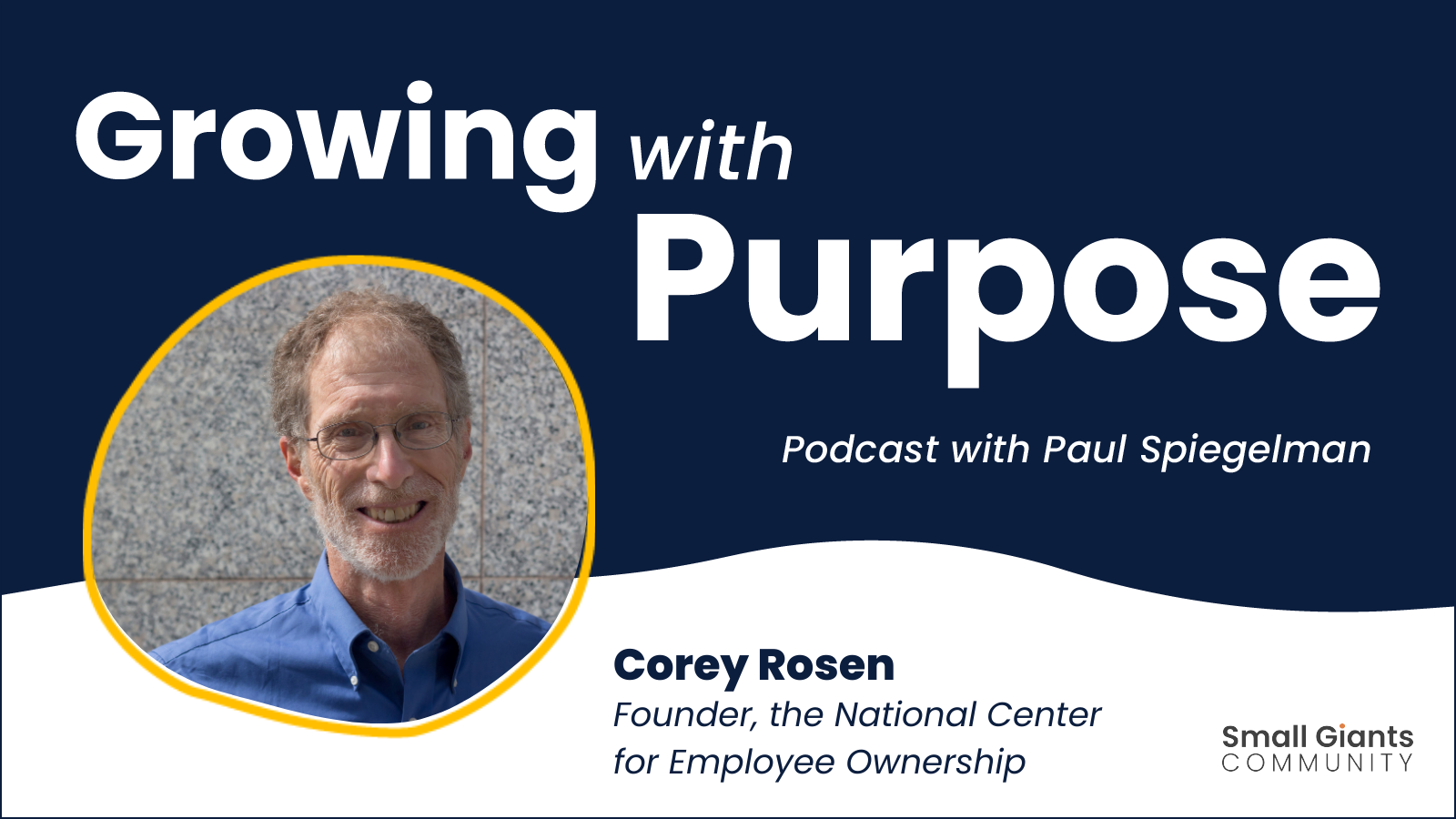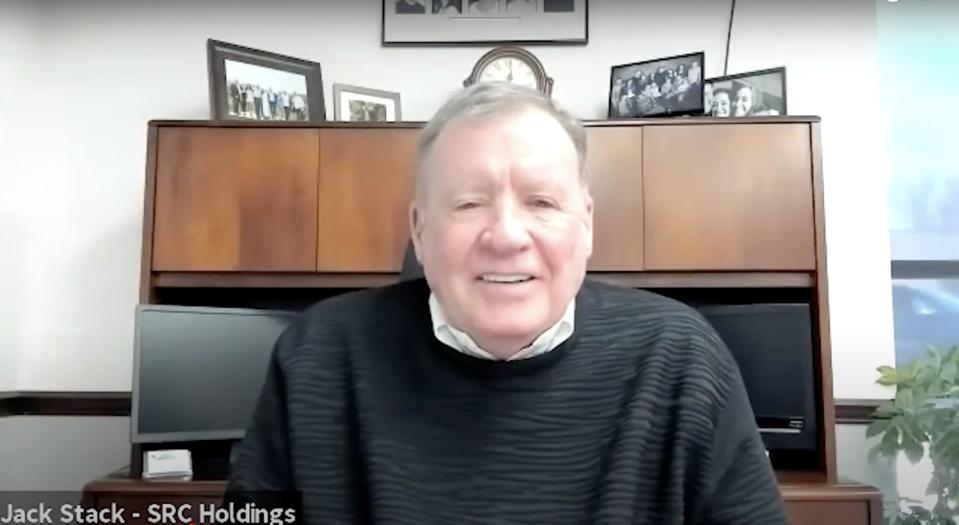4 Reasons You Should Help Employees Leave Your Company Gracefully
This article was originally published on CEO.com.
“Do you have a moment? Can we talk?”
Business leaders immediately feel a sense of dread when they hear these questions. They fear that another person is giving notice, and they assume the departure will lead to expensive and time-consuming complications.
No leader likes to see valuable team members leave, and high employee turnover is never good for a business. However, the process doesn’t have to be so stressful.
In fact, leaders who empower unhappy employees to openly discuss their intentions can create a happier and healthier work environment.
I subscribe to the notion from the book Who that “A players” are not fixed stars. Rather, they are the right people in the right roles at the right time. So if some people no longer are a good match, then they’re going to leave your company in some fashion — physically or mentally.
By deciding to help employees leave gracefully, you’ll avoid several common consequences of bitter, unanticipated employee departures. In the process of doing this, you can successfully accomplish these four things to have smooth transitions in your company:
1. Leave Bridges Intact
Helping your unhappy or disengaged employees find better fits elsewhere will save you from awkward and messy severances, so you won’t be paying them for not working.
Also, if a departing employee stays within the industry, your paths might cross again. Maybe someday he or she will be an industry leader or an independent consultant and you’ll want to revisit that partnership. It’s never a good idea to have enemies, and you can’t predict the future, so it’s best keep bridges intact.
2. Keep Time on Your Side
Finding and training new talent is hard enough without having employees storm out unexpectedly only to find out how much of their jobs they had not been doing. Proactively facilitating transitions gives you time to start recruiting and grooming new talent as well as reshuffling your existing staff to pick up the slack. All of this will ensure a much smoother transition.
3. Mind the Knowledge Gap
Your departing employees possess a wealth of knowledge, from company processes to client idiosyncrasies. Fostering a positive departure will increase their willingness to properly and thoroughly train new team members. You won’t have to worry about them badmouthing your organization or scaring off candidates.
4. Sidestep "Quit and Stay"
A mentor once told me that the people who “quit and stay” are much more damaging than the ones who actually leave. Helping your employees exit in a graceful manner will avoid the productivity costs of having disengaged employees at the office.
Gallup’s 2013 State of the American Workplace Report found that disengaged workers cost American businesses up to $550 billion annually. These unhappy lingerers also are more likely to steal from you and take unnecessary “sick days.”
The perks of fostering graceful exits are clear. Now let’s outline how to shift your mindset toward empowering your unhappy employees.
How to Help Your Employees Depart
My company created a program called Mindful Transition that fosters an environment that encourages open communication and a clear approach to handling employee departures.
Here is some of the best advice from our program:
- Facilitate a feedback loop. Employees are happier when they feel heard. Don’t just ask for feedback — act on it. Even if every suggestion isn’t something that should result in big change, feedback from frontline employees is invaluable, and recognizing it lets them know they’re being heard.
- Make the taboo acceptable to discuss. Employees need to know they can openly talk about their dissatisfaction or career intentions without feeling they will be walked to door. We have made it safe for people to be honest and say, “I don’t think this is right for me.” This helps start a productive dialogue.
- Don’t jump to conclusions. Leaving isn’t always the only solution. Sometimes unhappy employees are perfect fits for different roles they don’t even know exist. Consult your managers and HR teams to see if there are positions within your company that might be better fits.
- Clearly manage exit expectations. Once you have decided to part ways with an employee, be flexible. You should allow time off for interviews and work to develop exit timelines. However, make it clear that your assistance comes with expectations, and put those in writing. Departing employees need to maintain their standards of work, be transparent about their job searches, and agree upon firm departure dates. There is a big difference between being flexible with how a person leaves and being unclear about whether a person is leaving.
Openly acknowledging that your company might not be the best fit for everyone allows you to completely change your dialogue with your team members. When employees know they can openly and honestly discuss their professional unhappiness, everyone is enabled to amicably discuss the next steps toward mutually positive outcomes.

Want to experience more inspiring Small Giants talks? Register for the Small Giants Community Summit! Register here.





Submit Your Comment